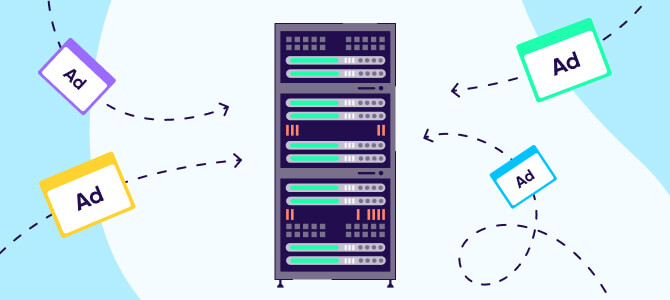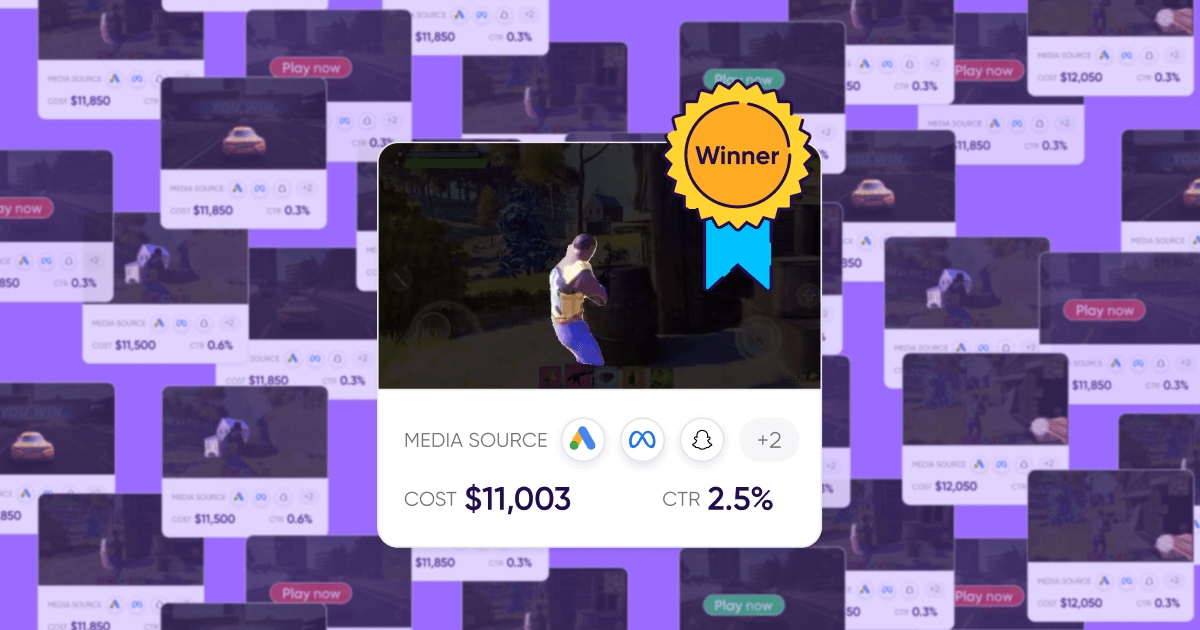
Demand-side platform (DSP)
A software platform that allows advertisers to manage data exchange accounts and multiple ad exchange accounts through one interface. DSPs are an effective marketing automation tool because they enable advertisers to buy high-quality impressions at scale with minimal friction.
What are demand side platforms?
Advertisers use demand-side platforms to purchase and manage ad inventory, such as video, mobile, and search ads – by providing a marketplace with the available ad inventory from publishers.
DSPs allow you to manage advertising across numerous real-time bidding networks instead of just one. Along with supply-side platforms (the software publishers use to list their available advertising inventory), they enable programmatic advertising.
How do demand-side platforms work?
DSPs employ AI and machine learning to guide advertisers to the best place for their ads at the best price. At the same time, these ads target people who are most apt to click and convert.
Before DSPs and the programmatic advertising ecosystem, advertisers had to manually negotiate with publishers and platforms, meaning that their audience and ability to adapt were constrained by the limits of their human workforce.
Now, with programmatic advertising and DSPs, ad placement is done automatically.
In essence, DSPs facilitate the relationship between advertisers and publishers. The functionality of the DSP allows advertisers to purchase impressions across a variety of different publisher sites, which are all targeted to specific users, and based on the users’ key online behaviors.
For example, how do those Facebook ads know that I need a new dishwasher?
By collecting consenting users’ data, Facebook is able to employ a variety of targeting options when placing ads. While Facebook ads are limited to distributing only to their site, that is precisely how a DSP works, although on a much larger scale, availing your ad creatives to multiple publishers’ sites – rather than just one.
DSPs and SSPs
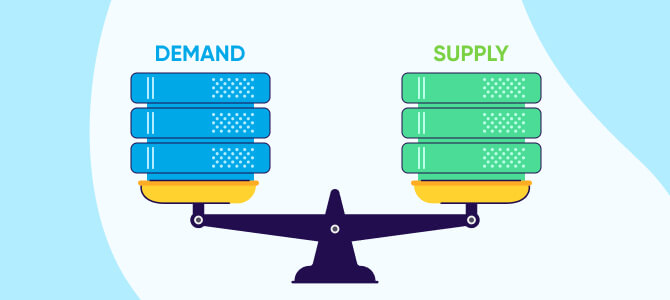
SSPs (Supply side platforms) are the inverse of DSPs. SSPs are used by publishers with ad space to sell (the supply). While, as we know, DSPs are used by advertisers who want to buy ad inventory (the demand).
DSPs and SSPs connect via ad exchanges, where DSPs bid on ad inventory in an automated, auction-style transaction. DSPs allow advertisers to purchase across several ad exchanges at once, and SSPs allow publishers to sell their ad inventory across various ad exchanges.
Types of demand-side platforms
There are three major types of DSPs — mobile, white-label, and self-serve. Each is best suited for a different advertising need, from purchasing mobile impressions to cutting out third parties.
Mobile DSPs
These are part of an already existing DSP ecosystem — they are not a stand-alone program. Therefore, when referring to mobile DSPs, you are referring to the function in your typical DSP that handles your mobile inventory.
Mobile DSPs are connected to mobile ad exchanges — that is, where app publishers and app developers offer their available mobile and tablet impressions, i.e., access to their (the publishers’) inventory.
DSPs automatically analyze and decide which impressions are valuable to the advertiser. Once a bid is accepted, the ad creative is served when the app is initialized, downloaded, or opened.
White-label DSPs
These can be customized to work for your specific needs.
A white-label DSP is a platform you purchase rather than sign up for — and it is a blank canvas that is both ready to use and customizable. It allows you to design your own programmatic algorithm for ad placements – instead of using a pre-existing one that comes with another DSP.
Additionally, a white-label DSP can be integrated with as many ad exchanges and SSPs as you feel necessary, which will diversify and widen your audience segment and traffic.
Self-serve DSPs
A self-serve DSP, like a white-label DSP, gives advertisers complete control over the ad buying process, from selecting inventory to targeting and campaign management.
However, unlike a white-label DSP, self-serve DSPs are the easier way to start buying ad impressions programmatically, and best for smaller agencies or advertisers who are just beginning.
Once you have purchased your self-serve DSP, adjusted the settings, and uploaded your ad creative – you are ready to go.
A self-serve DSP is a platform you sign up for rather than purchase — and does not involve any third parties to take care of your ad campaigns. Instead, you optimize campaigns and trade ads on your own.
4 benefits of a demand-side platform
While there are many benefits that vary depending on what type you’re using, we isolated four universal advantages of DSPs for you:
More efficient workflow for ad buyers
DSPs, and the larger programmatic ecosystem, simplify ad buying. Instead of wrangling 15 different salespeople and the accompanying contracts, Excel documents, PDFs, and price negotiations, buyers work with a single program, simplifying the workflow.
Hit a few buttons, and media gets turned on. Companies can simply plug into existing infrastructure without needing to recreate it.
Lower costs
Because DSPs speed up ad buying by doing away with traditional (and time-sucking) ad-buying elements like negotiations, DSPs have the ability to save advertisers both time and money.
Expanded access
Leaving no digital stone unturned — DSPs give you access to multiple ad exchanges at the same time and through one interface.
Sophisticated targeting
Traditionally, ad networks have restricted advertisers via the ad network’s audience targeting features. This would ultimately limit the potential audience segments and advertisers’ reach.
In contrast, DSPs give advertisers the freedom to create their own targeting criteria for their ads.
The programmatic advertising ecosystem
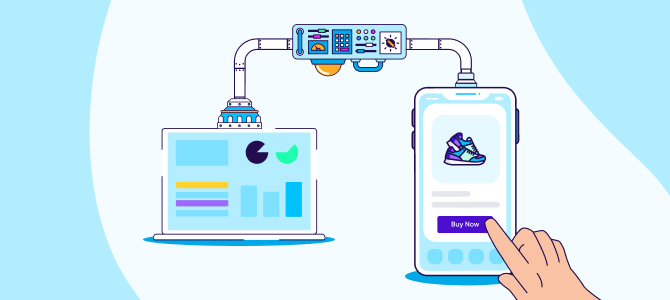
Programmatic advertising is the automating of buying and selling digital advertising space.
This ecosystem connects advertisers to the ad exchange and to the valuable impressions advertisers are looking for, bringing together and incorporating real-time bidding, DSPs, SSPs, and DMPs (data-management platforms).
Real-time bidding (RTB)
The process of employing DSPs to bid automatically for ad impressions. The bidding happens in the fraction of a second between the time a prospect lands on a page, and that page has fully loaded.
During those milliseconds between landing and loading, the DSP manages the bidding between different advertisers, based on their budgets and demographic criteria, and the winner’s ad is served to the prospect.
Programmatic direct
The non-auction model in programmatic advertising. Unlike RTB, programmatic direct takes place when publishers sell their ad space directly to advertisers for a negotiated price and for a fixed amount of time.
The benefit to programmatic direct is advertisers are guaranteed ad impressions on premium web pages. In the programmatic-direct model, both publisher and advertiser negotiate a CPM that is fair for both sides.
An excellent example of a case when programmatic direct is preferable to real-time bidding – would be a popular clean eating blog selling ad space to an organic grocery store.
The publisher has ad space that relates to the advertiser’s targeted audience, and the advertiser is guaranteed a certain number of impressions — a win-win for both parties.
DSPs and ad networks
Ad networks are where advertisers and publishers connect, by aggregating ad space supply and then matching that with advertiser needs.
Ad networks should not be confused with ad exchanges, which are the digital marketplace for the buying and selling of digital advertising.
Right now, programmatic advertising and DSPs coexist with ad networks, but as programmatic advertising becomes more sophisticated, ad networks may become obsolete.
Reasons for that being that ad networks require a lot of human work and are not automated (unlike DSPs). In the ad networks space, media buyers have their personal manager, who is responsible for accepting the creatives and campaign details and then setting up the campaign.
DSPs and DMPs (data-management platforms)
DMPs are platforms that store and analyze data, from a wide range of audience sources — e.g. identifiers like browser cookies, and mobile identifiers like Apple IDFA.
DMPs feed this information to a marketer’s DSP, informing them who to serve what ad content to.
How to choose the right demand-side platform
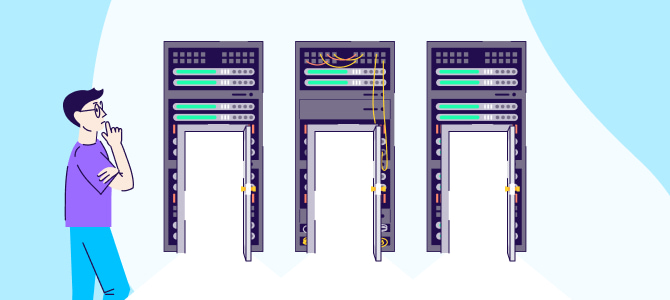
Understanding how DSPs work is only half the battle — how do you know which demand-side platform is right for you?
Here are three questions to consider when looking for the right DSP:
1. Does it cover the basics?
At the most basic level, your DSP should have a user-friendly interface, unrestricted audience targeting options, and the ability to easily integrate with DMPs.
2. Does it optimize for specific KPIs?
Being able to leverage features like reporting on unique events or optimizing multiple goals at the same time – are good ways to drive the performance for KPIs that are meaningful for you and your enterprise.
For example, a company looking to grow its brand awareness should look for a DSP with a robust KPI dashboard – that measures things like impressions, time on site, and unique users.
3. Does it offer access to the supply you need?
Perhaps the most significant deciding factor for any DSP is the inventory it offers. If you lack access to the inventory you need, you also lack access to the audiences you need.
The same can be said for the types of inventory and media channels a DSP offers.
Advertising inventory is both the amount and type of ads available. The idea is to find a DSP that offers you access to high-quality supply, even if you exist in a niche market.
High-quality supply for a digital advertiser means that your ad is served next to high-quality publishing content. For example, aligning your ad with an established brand or popular niche site – guarantees an audience that is more likely to click and convert on your ad than to skip it altogether.
Understanding the types of DSPs available (scroll up) will help you know which DSP can provide you with the most valuable inventory for your needs. An ideal DSP can do this by providing direct publisher access (programmatic direct) or via SPO (supply path optimization) strategies.
9 prominent DSPs on the market right now
Programmatic advertising is growing significantly and is considered the future of online advertising. Therefore, advertisers have to understand the diverse programmatic platforms available to them.
So, here are some of the best mobile, white-label, and self-serve DSPs on the market right now:
Major DSPs for mobile app performance campaigns
For mobile DSPs, transparent analytics for both your strategy and media placement is imperative. Three of the best platforms on the market right now are:
- Smadex
- 3.14
- Bidease
Major white-label DSPs
For marketers who want better or more control over their ad traffic, the ability to create multiple ad accounts, additional customizable options, and who also want to spend less money overall — a white-label DSP is where you want to be.
It means that you do not have to rely on third parties to control your advertising, and also grants you the freedom to buy your traffic worldwide, filter and customize your audience segments without limitations.
Here are three of the best:
- SmartyAds
- AdKernel
- Beeswax
Major self-serve DSPs
If you are just starting out in the ad and media buying world and/or you do not need a DSP for multiple accounts, a self-serve DSP will help you learn as you grow.
Here are three of the best self-serves:
- Edge226
- Platform.io
- Epom Market
Key takeaways
DSPs and the programmatic advertising ecosystem are full of specialized jargon, which is evolving as fast as the industry itself. But you do not have to feel overwhelmed. Just remember:
- DSPs enable advertisers to buy high-quality traffic at scale with minimal friction.
- There are three major types of DSPs: mobile, white-label, and self-serve.
- DSPs make ad buying and selling more efficient, cut advertising costs, expand access to advertisers, and are a sophisticated means of targeting consumers.
- Programmatic advertising and DSPs will eventually make ad networks obsolete.
- If you know what to ask, you know which DSP is perfect for you!

